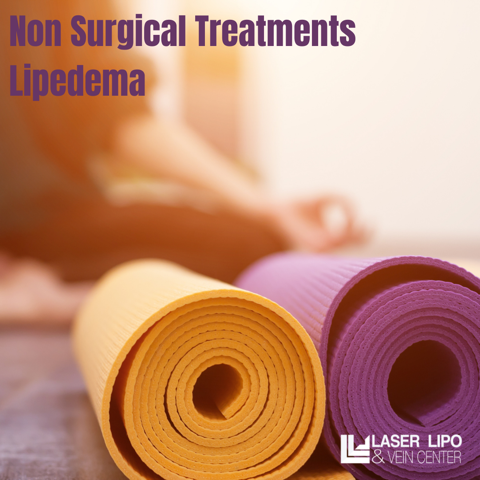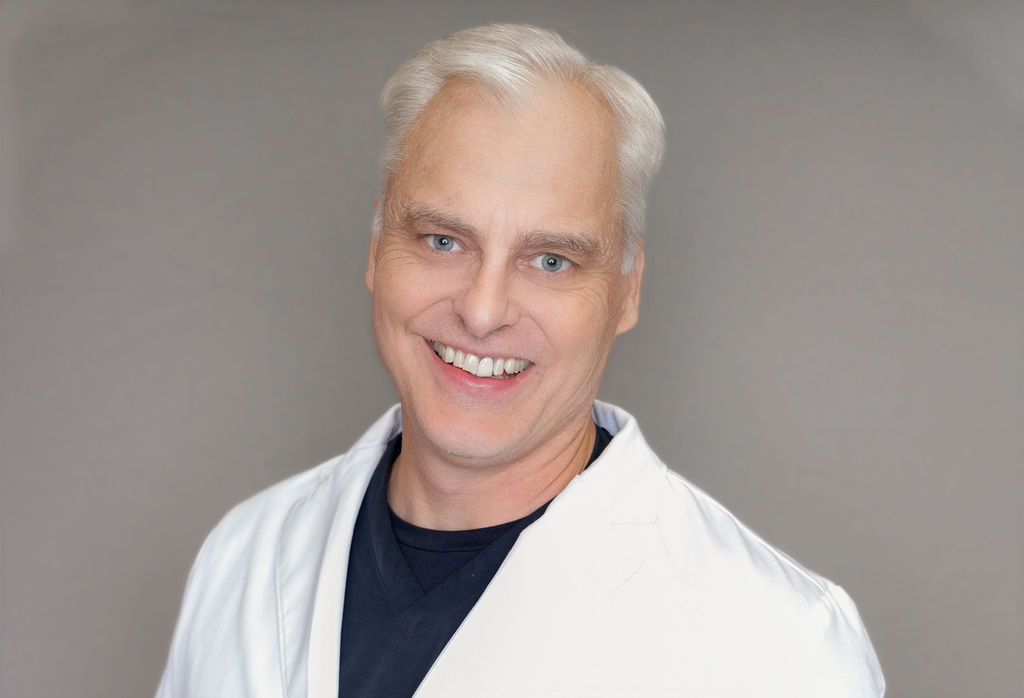Migraines, headaches, and brain fog are common in those suffering from lipedema. Unfortunately, there is no known cure for migraines or headaches, or for lipedema. Neck tension can lead to the stagnant fluid movement and can lead to those headaches and migraines. Neck movement and proper breathing can clear brain stagnation/fog along with fluids through the lymphatic system. Read below to learn more about lymphatic yoga for lymph drainage.


The lymphatic system is important because it touches all cells, tissues, and organs. It cleans, nourishes, and provides a defense system. The fluid of the lymph system is not pumped by the heart, as is the blood. It is mainly circulated throughout the body by muscle motion and breath, which is why lymphatic yoga, through its motions and breathing, can efficiently move the lymph fluid. Diaphragmatic breathing, which is an important part of yoga for lymphatic system, moves the lymph fluid from the legs and arms toward the heart. Yoga for lymph drainage can be an effective lipedema management tool. Here are some of the yoga postures that have shown to be effective in better lymphatic fluid flow.
Inversion Postures
By inverting the body, you will help reverse the effects of gravity. Some examples of these poses include the plow pose (Halasana), shoulder stand (Sarvangasana), and the headstand (Sirsasana).
Twists
Twisting poses can be done while seated in a chair or on the floor. They include simple twists and more advanced poses. Twists have been shown to stimulate energy in the body and spine, as well as positively affect the internal organs; they are also helpful in reducing stress!
Backbends
Similar to inversions, backbends can reverse the effects of gravity on the body. Additionally, they will stretch the spine and open the front of the body. In addition to providing the flexibility of the spine, these poses can stimulate the abdominal organs, and open the lungs and heart; they will also relieve the stress and fatigue that are associated with lymphatic congestion. There are a range of backbend poses from beginner to advanced.
Dynamic
Dynamic series of poses will keep the body moving and will move the lymphatic fluid through the body. For instance, the Sun Salutation is a series of 12 poses, each one flowing into the next, all accompanied by deep breathing.
Anytime you are considering a new exercise routine, it is important that you consult your physician. Also, it is important that your trainer or instructor understands your condition so that your health is maintained.
Deep Breathing Combined with Lymphatic Yoga
The lymphatic system differs from the blood circulatory system in that it does not have a “pump” to move the lymphatic fluids back to the bloodstream. Because of this, good lymph flow depends on proper joint and muscle activity. This is especially true if the lymphatic system is compromised. Individuals suffering from lipedema can receive a great benefit when engaging in diaphragmatic breathing exercises. These exercises are especially beneficial when they are combined together with other parts of a decongestive regimen.
Deep breathing or abdominal/diaphragmatic breathing exercises are tools that can stimulate the lymphatic structures by clearing the lymph upstream. In fact, deep, complete exhales may be one of the most important actions in terms of encouraging lymphatic flow. When the diaphragm is depressed from deep breathing it creates a negative pressure which encourages the flow of fluid from the lymph system into the venous circulation. When lymphatic fluid from the lower extremities passes through the lymphatic structures deep in the body in an increased flow, yoga for lymphatic drainage can improve the drainage from the lower extremities that are being affected by lipedema.
Easy Deep Breathing Exercises
Deep breathing is easily done, and you will probably find that they will provide an overall sense of relaxation. Lie on your back on a flat surface, with your head supported upward and your knees bent. If you like, you can place a pillow under your legs for additional support. Place a hand on your upper chest and the other on your abdomen; this will let you feel your diaphragm moving as you breathe.
Inhale slowly through your nose so that you can feel your stomach rising out against your hand. The hand on your chest should remain as still as possible. Tighten your stomach muscles. As you exhale, let the stomach muscles go inward. Again, the hand that is on your chest should remain as still as possible. To accentuate the exhaling, you may let the exhaled airflow through pursed lips.
You should initially practice these abdominal breathing exercises for about five to 10 minutes, three to four times a day. If no discomfort or dizziness is experienced, you can then increase the amount of time you perform these exercises.
Deep breathing exercises are just one part of a full range of therapies that can help reduce the symptoms of lipedema. Visit our exercise page to view more.
What are the Stages of Lipedema?
There are three stages of Lipedema. Stage 1 presents in patients as skin that is flat stretched over pearl-sized nodules that show up within a layer of fat showing increased cell size. Stage 2 presents as indented skin that’s covering a layer of fat cells presenting as a pearl to apple-sized masses. Stage 3 presents as pearl-sized nodules in combination with excessively large fat masses causing lobules along the legs, hips, and thighs and frequently extending to the torso or upper arms.







